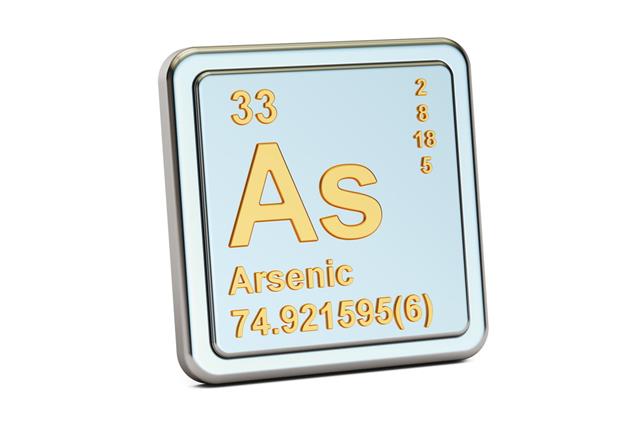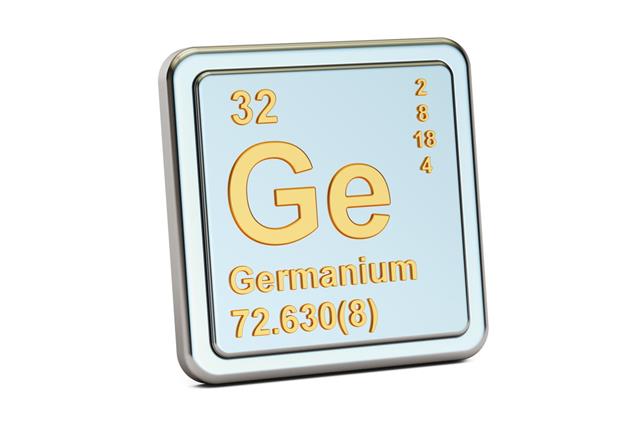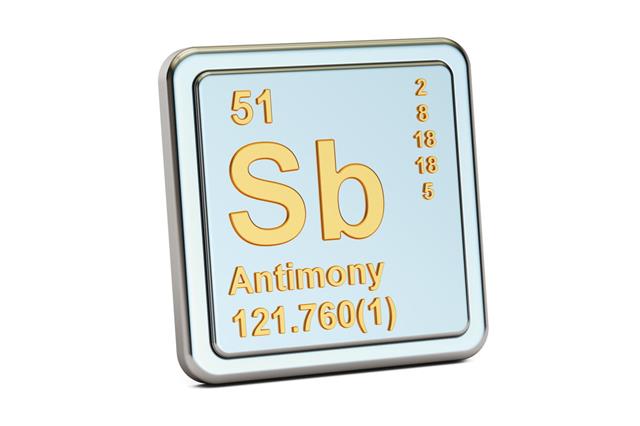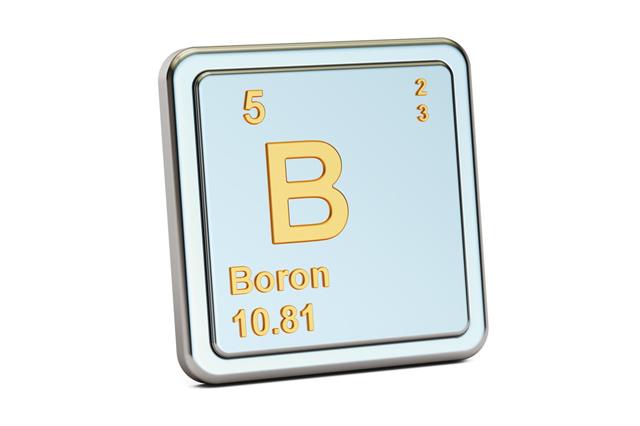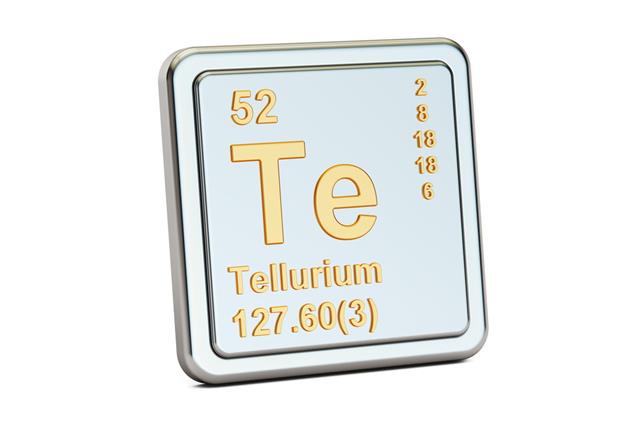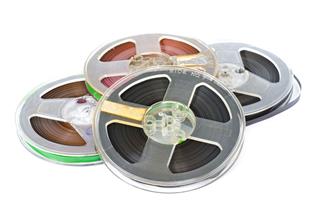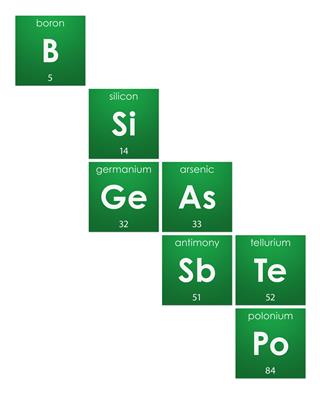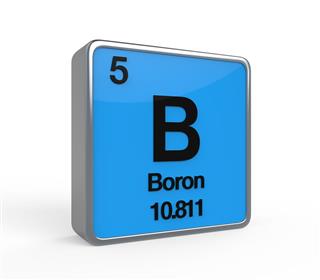
Metalloids are mostly used as semiconductors in many electronic goods. To get more information on the uses of metalloids keep reading the article.
What are metalloids? Metalloids are the elements which possess the qualities of metals as well as non-metals, hence they are also known as semimetals. Metalloids in the periodic table are placed between the metals and the non-metals and are located in a step-like structure. Hence we can say that the periodic table is divided into three types of elements: metals, non-metals and metalloids.
In all, there are seven metalloids which are placed from the 13th to the 16th group of the periodic table. They are: Boron (B), Silicon (Si), Germanium (Ge), Arsenic (As), Antimony (Sb), Tellurium (Te), and Polonium (Po).
Properties of Metalloids
Metalloids show mixed properties of metals as well as non-metals.
- They can be shiny or dull in appearance and brittle in nature.
- They behave as non-metals when they react with metals and behave as metals when they react with non-metals.
- They are amphoteric oxides which means they can behave as basic oxides as well as acidic oxides.
- Boron, silicon and germanium behave as semiconductors.
- All the metalloids have different melting and boiling points.
- They are ductile and can be bent into pipes.
- Some of the metalloids look like metals, solid, and tough.
Uses of Metalloids
Metalloids are used in various sectors. They are used in industries, household products, research, etc. They are also used in many biological processes. Following is a detailed information on various metalloid uses according to each metalloid.
Boron (B)
- Boron is used in the production of borosilicate glass. These glasses have a high resistance to thermal shock which causes normal glasses to break.
- It is used in the form of sodium tetraborate to insulate fiberglass.
- They are used as control rods in the nuclear reactors in the form of boron carbide shields.
- It is present in the strongest type of magnet: the neodymium magnet. This magnet is used in the CD and DVD players, cell phones, Magnetic Resonance Imaging (MRI) machines, etc.
- It is used in making many cleaning products like detergents and bleach.
- It is very widely used in killing ants, fleas, cockroaches, and other small insects.
- Boron in the form of sodium borate, hinders fire and hence it is used in plastics and rubbers.
- As it possesses metallic properties also, it is used in coating substances to increase their strength and hardness.
Silicon (Si)
- Silicon is known for its semiconductor properties. It is used in many electronic devices like computers, transistors, solar cells, LCD screens, to control the flow of electricity.
- Silicon in the form of silicon dioxide and silica are used in the manufacture of brick, concrete, and cement.
- Silicon is used as putty which is formed with the help of boric acid and silicon oil.
- It is used in high temperature waxes and greases.
- It is used in making explosives and fireworks.
- Alloys of silicon and aluminum are used in making cast parts for cars and other automobiles.
- They are also used in making pottery and enamel.
Germanium (Ge)
- Germanium has a high refractive index, hence it is used in wide-angle camera lenses, microscope lenses, etc.
- Germanium also behaves as a semiconductor, hence it is also used in many electronic devices like computers, calculators, transistors, etc.
- It behaves as a catalyst in many polymerization reactions.
- With phosphor it is used in fluorescent lamps, metallurgy and chemotherapy.
- It is used in fiber optics and infra-red optics and in infrared spectroscopy.
- Germanium was previously used to treat anemia, but later it was found that it is responsible for many health hazards. Today propagermanium or organic germanium or beta-carboxyethylgermanium sesquioxide are used with complementary medicines, and are helpful in boosting the immune system of cancer patients.
- It is also used to aid in treatment of AIDS, heart diseases and arthritis.
Arsenic (As)
- Arsenic-74 is an isotope which is believed to be more effective than iodine in taking images and locating tumors.
- It is used in preserving wood from various bacteria, fungi and insects.
- It was also used in various pesticides and herbicides but is rarely used nowadays.
- It is also used as a semiconductor in electronic devices.
- It is medically used in treating cancer and acute promyelocytic leukemia.
- It is mixed with animal food to protect them from various diseases.
Antimony (Sb)
- The most important use of antimony is in the making of flame retardants. It is used in aircraft, automobile seat covers, light aircraft engine covers, etc.
- It is used with lead to increase the hardness and mechanical strength of lead which is used in acid batteries.
- Its alloys are also used in making bullets, cable sheathing, etc.
- It is used as a catalyst in the production of many polymers.
- It is also used as a semiconductor in electronic devices.
- It is used as a friction coefficient in making automobile brakes and pads.
- It is also used in the safety equipment in nuclear reactors.
- Antimony drugs are used in many medications for treating a number of diseases.
Tellurium (Te)
- Tellurium is used to increase the ductility of stainless steel and copper.
- Tellurium is also present in cast iron alloys to help regulate the temperature.
- It reduces the rate of corrosion in the metal.
- It behaves as a semiconductor and is used in many electronic applications.
- It is also very effective in solar cell panels as a semiconductor.
- Tellurium with zinc forms a gamma-ray detector and with mercury it makes for an infrared detector.
- It is used in making ceramics, tinting glasses, blasting caps, etc.
- It is used in reducing engine knocking.
Polonium (Po)
- Alpha particles of radioactive polonium (210Po) are used to release neutrons from beryllium.
- They are used in the thermoelectric cells of artificial satellites because of their ability to release large amounts of energy.
- It is also used in paper rolling machines, spinning synthetic fibers, etc., in order to eliminate static electricity.
- It is used in the radioisotope thermoelectric generator in the remote areas such as lighthouses.
These were some of the most common uses of each of the metalloids. Most of these elements like germanium, arsenic, tellurium and polonium are considered highly poisonous. Hence, take proper precautions if you happen to come in contact with them. If your doctor recommends medications that contain metalloids, ask your doctor about its side effects and ways to overcome them.
